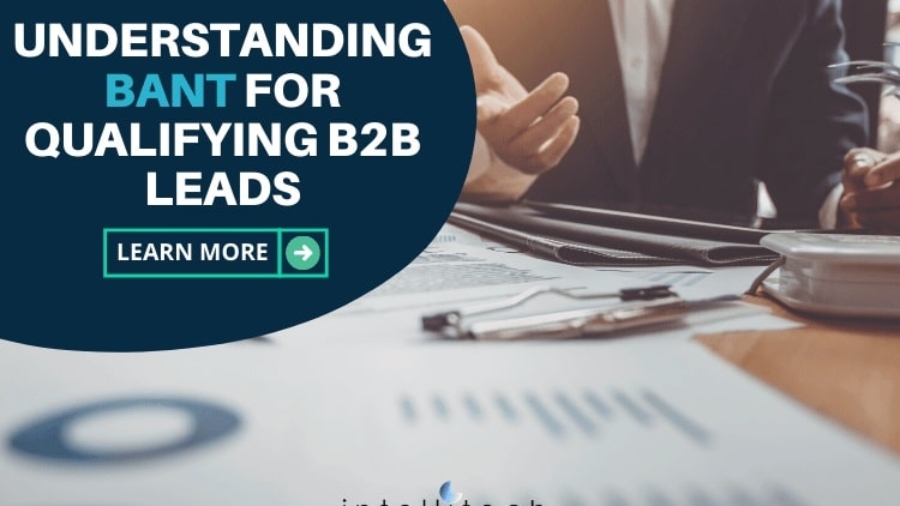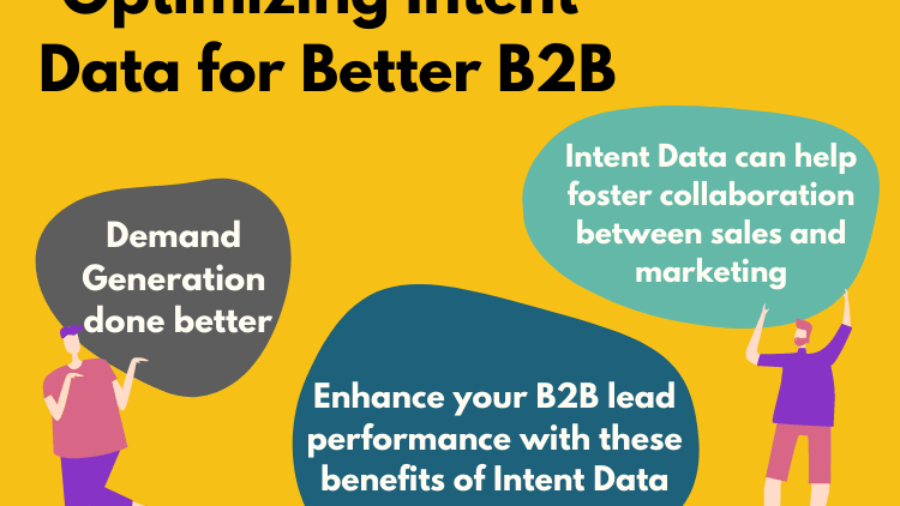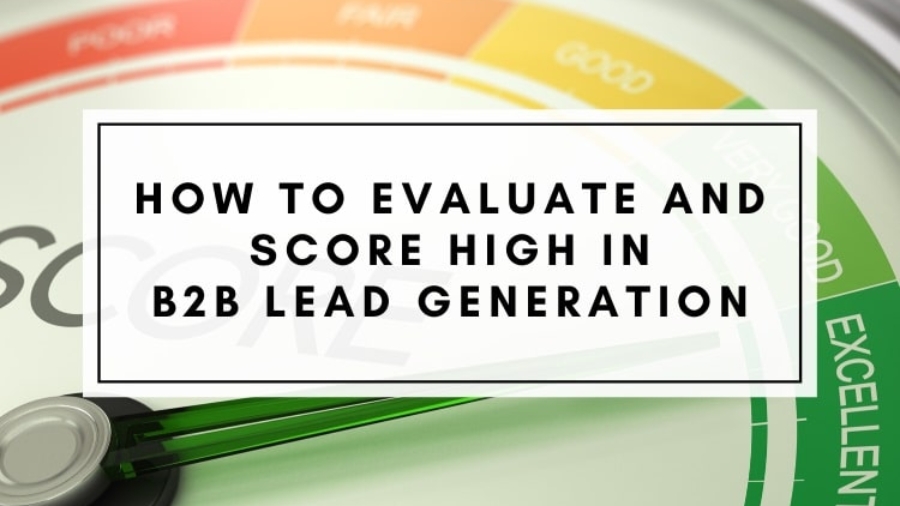With Pandemic Covid-19, things have changed drastically for the world and for the world of business too. While we were busy finding ways to cope up with this change; we have never been so connected with each other through virtual and the digital world the way we are today.
Now, as we are slowly navigating to the post-pandemic period; B2B markets are witnessing a sharp rise in digital adoption. This blog discusses some trends and aspects that can considerably change how people are doing business and how customers’ buying decisions are being impacted.
Customer Care:
There has been a paradigm shift that was observed amidst the pandemic in the way marketers were marketing their products and services and the way they have been responding to their customers. The emphasis is now more on caring and reaching out to the customers and this sentiment has become a trend that is bound to dictate the markets for quite some time now.
Marketing and sales communication now revolves around customer-care and is soon becoming one of the most influential factors in B2B markets and this trend will continue to make an impact even in the post-pandemic situation.
Slowly but surely the focus is changing from how b2B marketers were earlier emphasizing more upon acquiring customers to how they are now more interested in delighting the customers and engaging in long term lead nurturing processes. This shift was obvious during the Pandemic; but since several marketers are already getting huge benefits out of this change; the trend is bound to continue for a long time.
Companies are now placing their customers at the center of their strategies and thus what they get is a delighted customer who would love to come back for more services and also recommend your services to other customers as well.
Online Presence:
The world cannot get enough of social media and the digital revolution has deepened since the pandemic started creating turbulence and uncertainty in the markets. Creating an impactful online presence has since become a norm; as marketers are now forced to go online for solid presence and also for selling online. Digital has clearly become one of the most dominating trends in the Pandemic and Post-Pandemic market wherein marketers now prefer online selling to offline selling.
Website traffic has increased over 16% in the first quarter of the year and email marketing rates are observed to be 18% way above pre covid-19 levels at the beginning of the third quarter as per HubSpot research findings. New tools and tactics are emerging to help marketers embrace this new trend of online selling and marketing and they are helping companies cope up with this paradigm shift.
Technology Solutions:
Working remotely, online selling and more businesses going online only means more use of technology! Clearly there has been a surge in the use of technological tools to accelerate online presence and online selling. But this overwhelming response to adopting technological tools had some companies build up bulky tech-stacks causing more trouble than benefits.
Companies responded overwhelmingly to technology tools in a bid to take the whole business online or facilitate major online business transactions and also to keep the work force connected virtually. However; one should think twice before bringing aboard tools that work individually well, but are not compatible with the operations or with other existing or new tools within the organization.
Knowing what to integrate and what not to integrate so that there is smooth functioning amid the teams is essential. In many cases, training is required to get teams acquainted with the new tools and allot certain time period for them to get accustomed to it.
Bringing in more technology tools has become almost a necessity for organizations to survive this change; but getting on too much at a time can be a mistake. Aligning new tools with existing tools and systems can be called a good way of embracing change.
Conclusion:
The current period is still uncertain and as business owners are creating more strategies to sustain and thrive; there are more upcoming trends in the B2B market. Companies who embrace these changes are most likely to sustain, survive and succeed. Change is inevitable and it always comes with its pros and cons. In case of the b2b market; the change looks positive and people are ready to adopt it.




